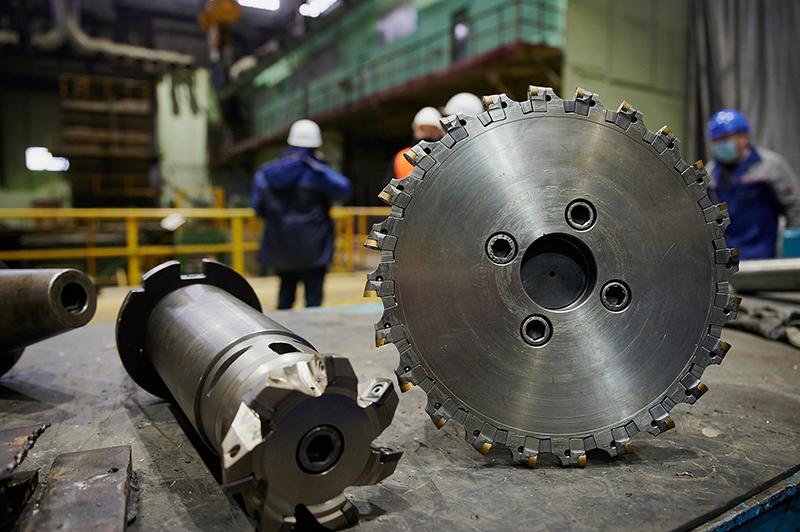Uses of Molybdenum in the Steel Industry

Uses of Molybdenum in the Steel Industry
Molybdenum is a refractory rare metal like tungsten. Molybdenum and molybdenum alloys have a wide range of applications and good prospects in important sectors such as metallurgy, agriculture, electrical, chemical engineering, environmental protection, and aerospace. In this article, we will take a look at the uses of molybdenum in the steel industry.

Uses of Molybdenum in the Steel Industry
Molybdenum plays an irreplaceable role in adjusting the hardness and toughness of steel. In the process of steel smelting, molybdenum can increase the strength and hardness of cast iron by reducing the pearlite transformation temperature. It can also improve the strength and creep resistance at high temperatures.
Molybdenum-containing high-chromium cast iron shows greater impact toughness than molybdenum-free high-chromium cast iron and is ideal for applications under harsh abrasive conditions, for example, in mining, milling, crushing, and other processes. These cast irons have acceptable properties, which eliminates the need for costly heat treatment, making them an inexpensive alternative to other friction materials.
An iron that contains both molybdenum and silicon has attracted increasing interest. Its good strength at 600°C makes it an effective and low-cost alternative to iron and steel with higher alloy content in high-temperature applications, such as applications in turbocharger housings, engine exhaust manifolds, and heating-furnace components. Ductile cast iron quenched by austenite has a unique microstructure. Its strength exceeds 1, 000 MPa and has good impact toughness. Their specificity makes them ideal for special applications, such as large gears and crankshafts required for power generation, ship engines, and large mining equipment.
The main limitation for increasing the alloy content in high-alloy ingot materials such as high-speed steel is the tendency to segregate during slow cooling. Powder metallurgy technology atomizes the molten steel into droplets, which cool down extremely quickly, preventing the occurrence of internal segregation. The steel produced by the coagulation of these particles has a fairly uniform microstructure. Compared with the steel of the same traditional brand, it has countless advantages. Many powder metallurgy high-speed steel, stainless steel, and nickel-based alloys have been put on the market in large quantities, and this technology indicates that a new generation of high-alloy steel products may be produced in the future.
Conclusion
Thank you for reading our article and we hope it can help you have a better understanding of the uses of molybdenum in the steel industry. If you want to learn more about molybdenum and molybdenum alloys, we would like to advise you to visit Advanced Refractory Metals (ARM) for more information.
Headquartered in Lake Forest, California, USA, Advanced Refractory Metals (ARM) is a leading manufacturer & supplier of refractory metals & alloys across the world. It provides customers with high-quality refractory metals & alloys such as molybdenum, tantalum, rhenium, tungsten, titanium, and zirconium at a very competitive price.
{{item.content}}
LEVE A REPLY
{{item.children[0].content}}
{{item.content}}






